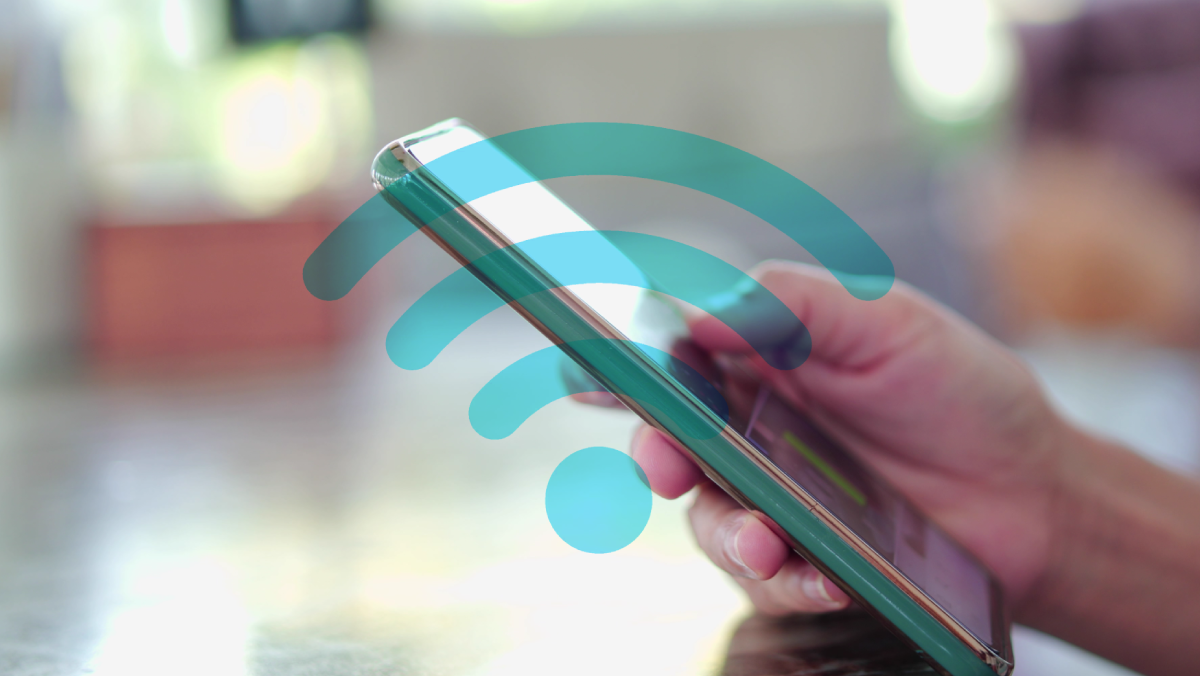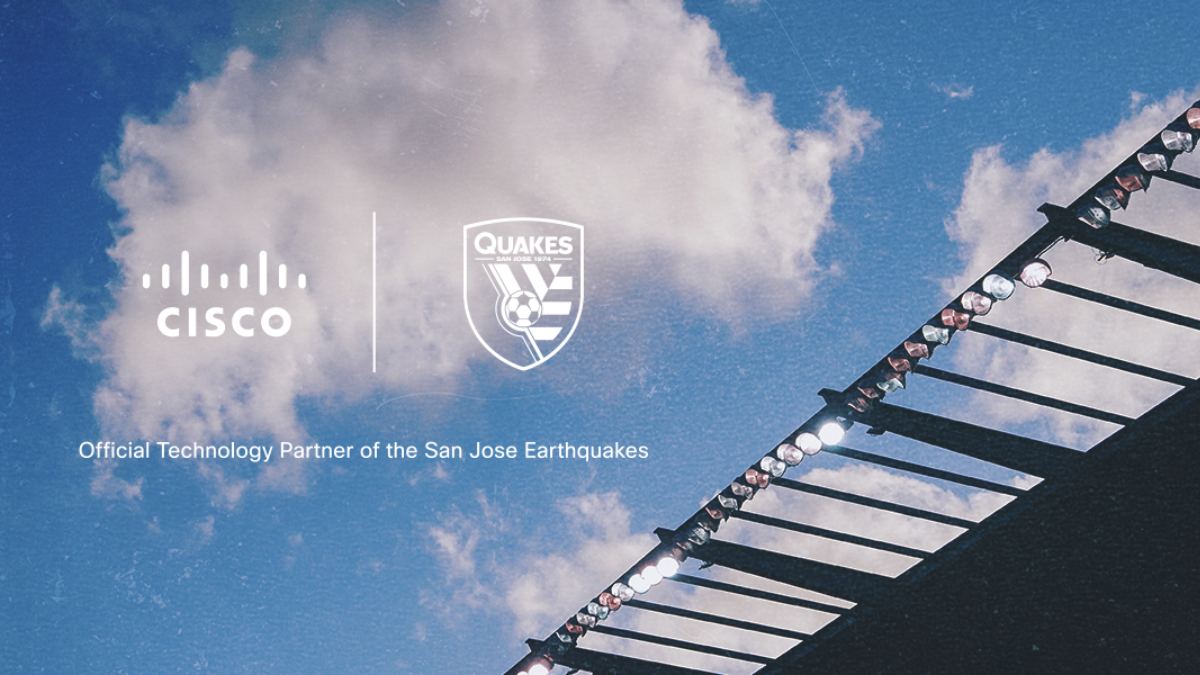In a world of hyperconnected humans and exploding numbers of Internet of Things devices, next-gen wireless will be critical.
That’s where 5G and WiFi 6 come in. With their high speeds and low latency, each will have their essential niches: 5G for longer range applications like connected cars, and WiFi 6 for high-density public spaces, smart factories, or IoT-intensive homes.
In this interview, Matt McPherson, Cisco’s CTO for wireless technologies, drills down on WiFi 6, in particular: its promise, its applications, and how it will help to change our lives.
Thank you, Matt! Perhaps we could begin with a quick overview of where WiFi stands today. How are the demands on it changing?
At Cisco, we’ve done studies that show that by this time next year there will be as many things talking to things as people talking to people. And that means that the next generation of access technologies has to address a new set of problems, a new set of capabilities, because things aren't people and things have different expectations of the network. And we see this incredible growth that’s happening with people, connectivity and use cases, but we also see these many connected things that are coming down the pipe.
What role will WiFi 6, and Cisco play?
What we've done with WiFi 6 is really quite revolutionary. Previous generations of WiFi were focused on relatively simple technology. It was easy to use and easy to set it up. But because of that, when you started to apply it to these more challenging, high-density situations, it would start to break down under heavy utilization — for instance, when you get over 50 percent utilization. When too many devices start to talk at the same time, they collide, they back off for a random amount of time, and then they transmit again. So, the capability of the protocol starts to break down because you can’t predict what kind of latency characteristic you're going to get. What kind of throughput you’re going to get.
Along comes WiFi 6, and I think you can tell I’m kind of excited about it! Because even with all of those connected things, you get the bandwidth for the best experience. So, instead of getting into trouble at around 50 percent utilization with lots of devices now, we can push it to 90 percent utilization. We see WiFi 6 as a revolutionary change, one of the biggest changes that's happened in WiFi since its inception.
Whenever that many devices and endpoints pile up, security is a concern. What is Cisco doing to address those challenges?
As we move into this next generation, the bar is being raised for everyone and everything. For quality of service and for security. And one way we are doing it is with segmentation. We create virtual segments that are separated from each other. In a hospital, for example, you have thermostats and light bulbs all being managed and communicating via WiFi, but that shouldn’t be in the same segment as heart monitoring or the nurses’ station or intensive care.
If, say, your light bulbs were hacked, you don't want that traffic getting in the way of the doctors being able to see what's going on with the equipment that’s hooked up to the patients. And Cisco’s really good at this. If we detect a suspicious communication and suspect a breach, we can isolate a segment or an individual device. If it was the lights, for example, we wouldn’t even have to shut them down — because they would not damage anything else or compromise data while you figure out the breach and address it. It’s really raising the bar on security.
How will the greater speed, increased capacity, and lower latency of WiFi 6 affect how people work and connect?
So much is already wireless now, but we are going into the next big transition. Greater convenience to enterprise-class density, mission-critical expectations for productivity and a new world of reliability. As we go into this next set of protocols and capabilities, we’re better able to manage things like latency and jitter. Cisco's working on technology for WiFi, for example, that can bring high-density environments to below 10-millisecond latency. It’s getting pretty darned fast. And all of the things WiFi 6 will enable will be dependent on the network, especially as more and more applications go into the cloud.
When technology gets really good, users don’t even think about it, right?
Yes, to a certain extent, our mission is to get the network out of the way, so users don’t have to be aware of it. And so, we’re working on these next-generation technologies, like open roaming, for example. So, you don’t have to select a network, got to a connection manager, or know a password. The idea is making it very simple to connect and connect in all cases.
And this, actually, when you, when you connect, in all cases, even in public venues, instead of having these like, 25 percent attached, now you go up to 90 percent attached when you start approaching 100 attach, it becomes this ubiquitous network.
What are some of the applications and use cases that will stem from that?
Well, it could be industrial IoT, controlling a welding arm in a very agile wireless factory that can be reconfigured to different manufacturing capacities or products. Or it could be the movement of highly sophisticated, highly reliable medical equipment. But what we’re really looking at is the next generation of human digitization.
What are the implications on the consumer side?
There are many households in the United States today that have as many as 25 devices or more in their home and some analysts are projecting that we’re going to move to 50 devices. And the reason we’re doing that is the consumer electronics industry. They are putting WiFi in everything. As we connect things like washing machines and microwaves, WiFi 6 can meet all that increased demand. Also, hybrid work demands enterprise-level connectivity in the home. The distributed workplace has to be incredibly efficient.
What else do you see for the future?
I think the next wave of human digitization is going to be big. Remember when the iPhone happened, and suddenly the average bandwidth per user quadrupled. And this next wave is going to become more immersive — to pull information at will anytime or be exposed to it automatically as you absorb your environment and even modify that information to your preferences. It’s going to be a different world and certainly, that is very much dependent on connectivity. So, it will be even more important to support digitization in countries and regions that are not that far along, because otherwise the social divide will widen.
###




